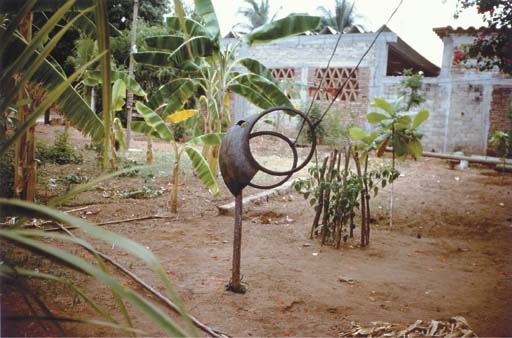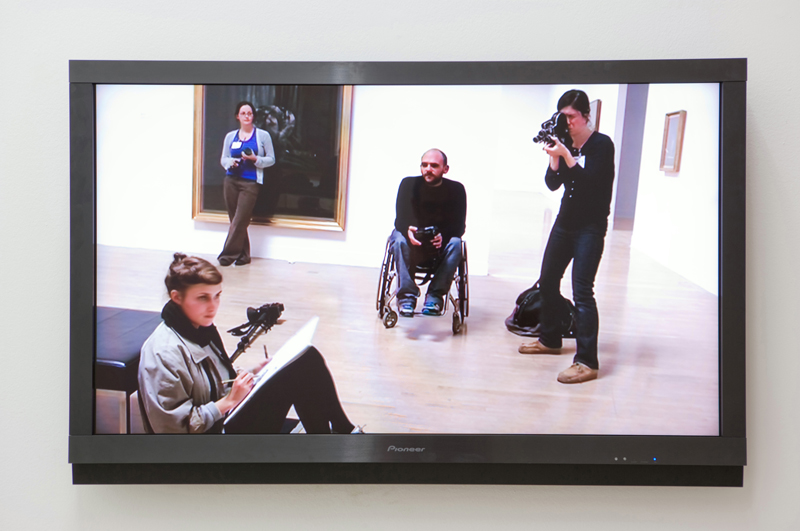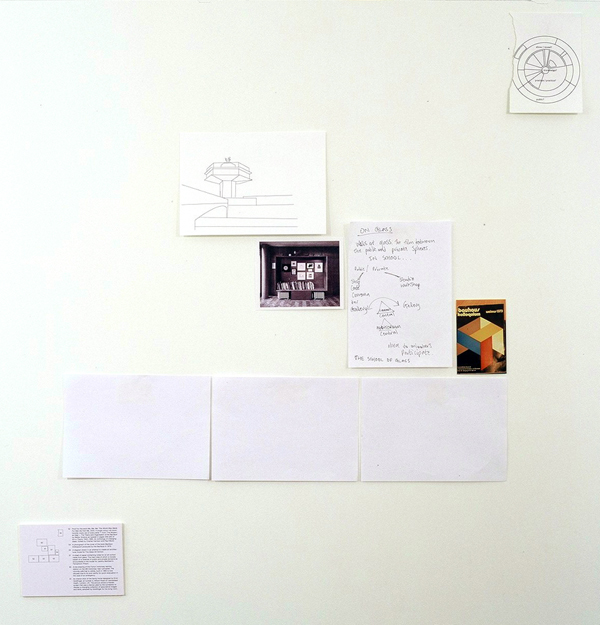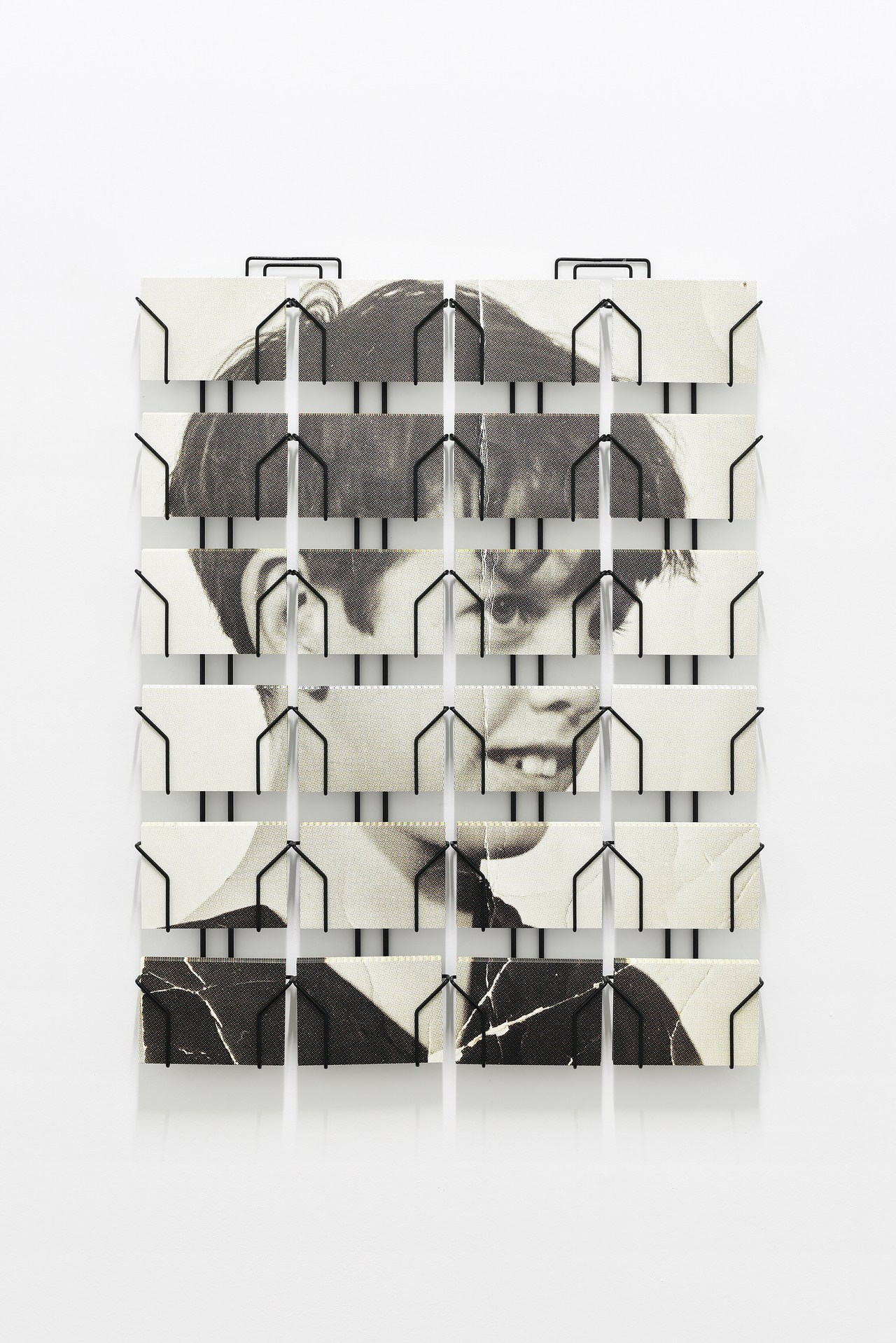Baobab
2001 - Film & Video (Film & Video)
Tacita Dean
The photographic quality of the film Baobab is not only the result of a highly sophisticated use of black and white and light, but also of the way in which each tree is characterized as an individual, creating in the end a series of portraits. The monumental and unnatural aspect of the baobabs turns them into strange and anthropomorphic personalities. Adding to the descriptive aspect of the film, the sound is a recording of the environment, of sounds made by animals, and participates in this peaceful contemplation. The still, almost fossilized aspect of the landscape makes it look majestic and eternal. « The camera, which examines in Baobab the ancestral and imposing trees of Madagascar, tries to capture the shadow and light effects, specific to photography. » (Essay by Julia Garimorth, in « Tacita Dean: Seven Books », published by Steidl / ARC/ Musée d’Art Moderne de la Ville de Paris, 2003).
Although Tacita Dean works with all kinds of media, her 16mm films are probably among her most well-known works. While they deal with the specificities of the medium – like the notions of time and narrative, through the use of still shots – the aesthetic quality of her films remind of photography or painting (maybe because she had studied painting in school). Memories and atmospheres are conveyed through sensual images, colors and light. In her work, Tacita Dean relates the past to the present, often creating a certain melancholy: the artist focuses on stories, characters or architectural relics, and questions the notion of narrative by using both documentary and fiction devices. Tacita Dean was born in Canterbury, UK, in 1965. She lives and works in Berlin.
Colors:
Related works featuring themes of: » Abstract Versus Figurative Art, » Chance, » Color Photography, » Figurative Painting, » British

© » KADIST
Robert Therrien
1985In No Title (Blue Chapel) Therrien has reduced the image of a chapel to a polygon...

© » KADIST
Jennifer Locke
2005Choke documents the artist filming a wrestler “choking out” his teammate until he is unconscious...

© » KADIST
Rosalind Nashashibi
2019Rosalind Nashashibi’s paintings incorporate motifs drawn from her day-to-day environment, often reworked with multiple variations...

© » KADIST
Gabriel Orozco
1992Gabriel Orozco often documents found situations in the natural or urban landscape...
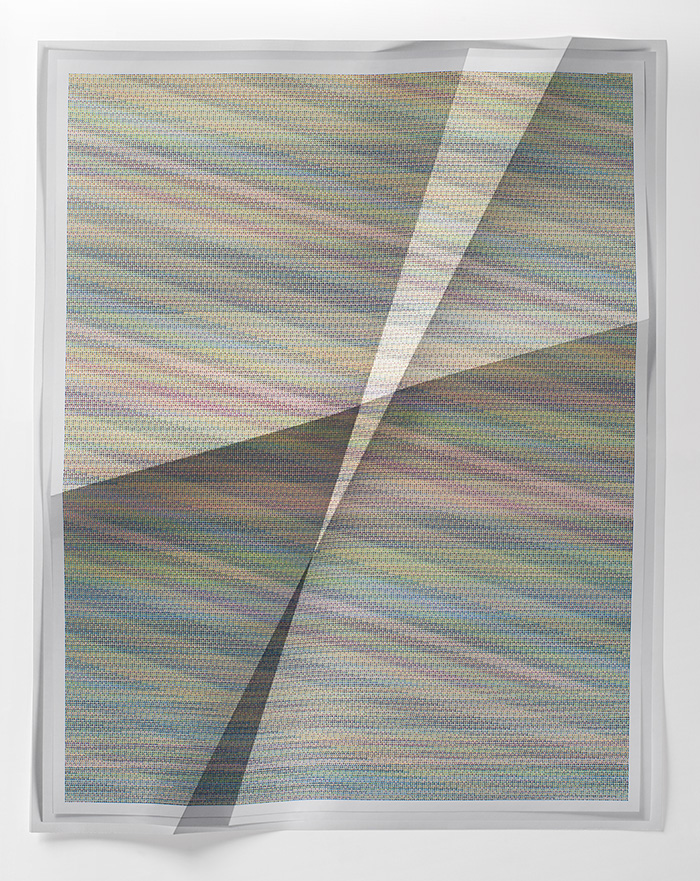
© » KADIST
John Houck
2013Untitled #242 is part of Houck’s Aggregates Series, which uses digital tools to manipulate chosen sets and pairs of colors, creating colorful index sheets, bathed in colors and lines...

© » KADIST
Toby Ziegler
2005The Fifth Quarter might have taken its mysterious inspiration from the eponymous Stephen King story collated into the Nightmares & Dreamscapes collection...

© » KADIST
Conrad Ruiz
2011Conrad Ruiz loves to paint subjects related to the “boy zone”: video games, weapons, games, science fiction, fantasy, and special effects...
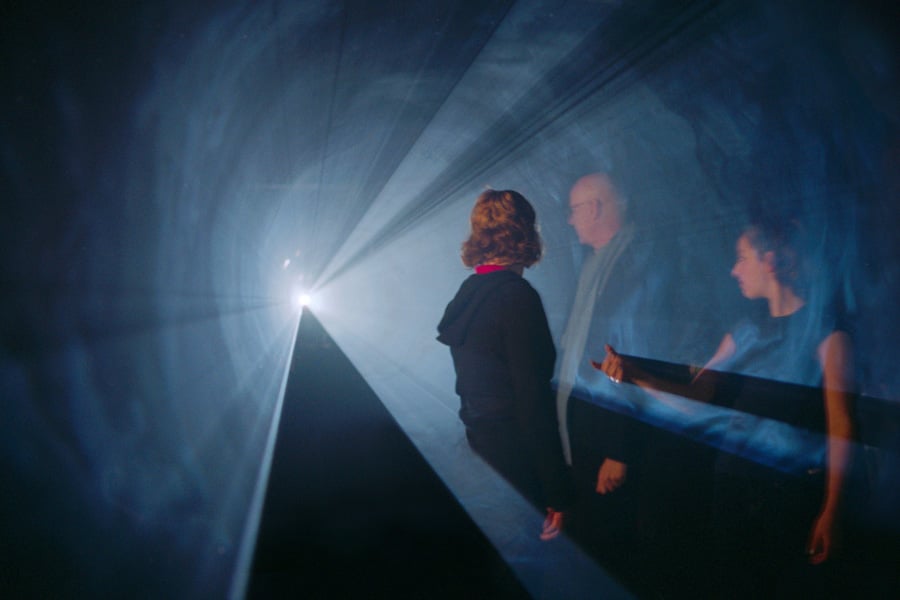
© » KADIST
Anthony McCall
1973The film Line Describing a Cone was made in 1973 and it was projected for the first time at Fylkingen (Stockholm) on 30 August of the same year...

© » KADIST
Anthony McCall
1974This score is a graphic record of the detailed choreography of one of Anthony McCall’s Landscape for Fire performances...






